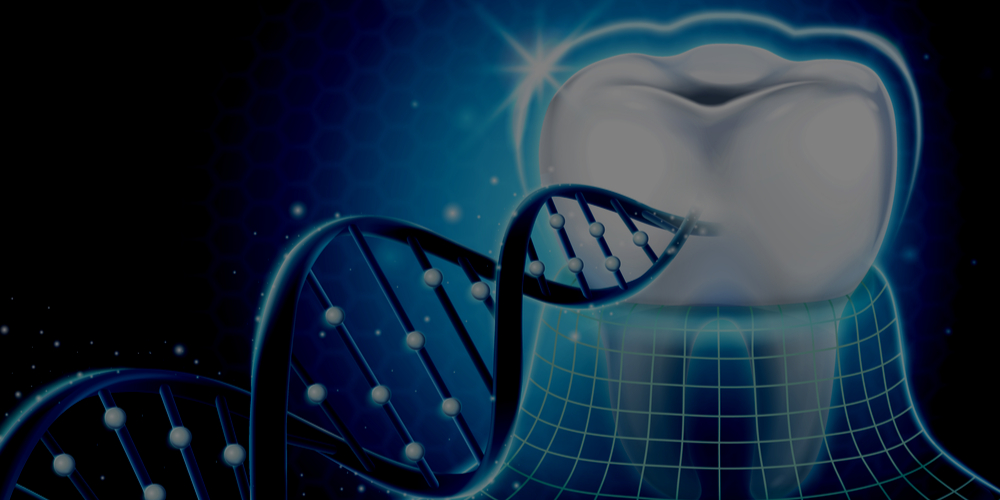Teeth and dentition
Human dentition consists of 20 deciduous teeth and 32 permanent teeth. Deciduous teeth are shed during childhood to give way for the permanent teeth. Replacement of teeth is common among animals. However, it does not happen in the commonly used laboratory animal, the mouse. Mouse has 16 teeth which serve it for whole of its life.
Different types of teeth are classified according to their position and shape. The tooth series in each jaw and on both sides (“quadrants”) are the same even though the shapes of individual teeth in the jaws vary.
Incisors (two in each quadrant) and canines (one in each quadrant) are the front teeth.
Premolars (two in each quadrant) and molars (three in each quadrant) are the posterior teeth.
Deciduous dentition has no premolars and only two molars in each guadrant.
Mouse has only one incisor in each quadrant, and behind a gap (“diastema”), three molars.
Many dentists have been researching into the genes involved in tooth development.


